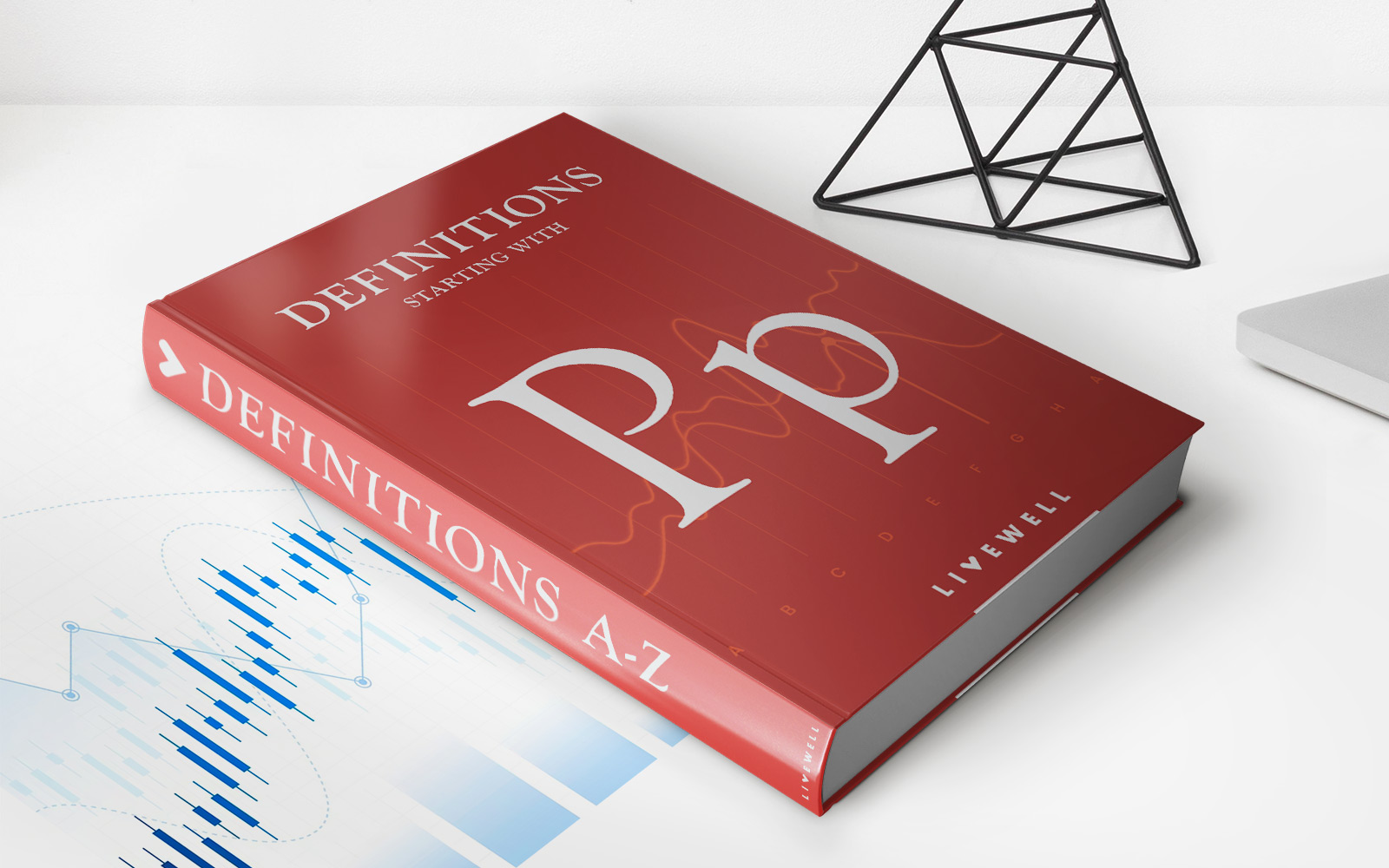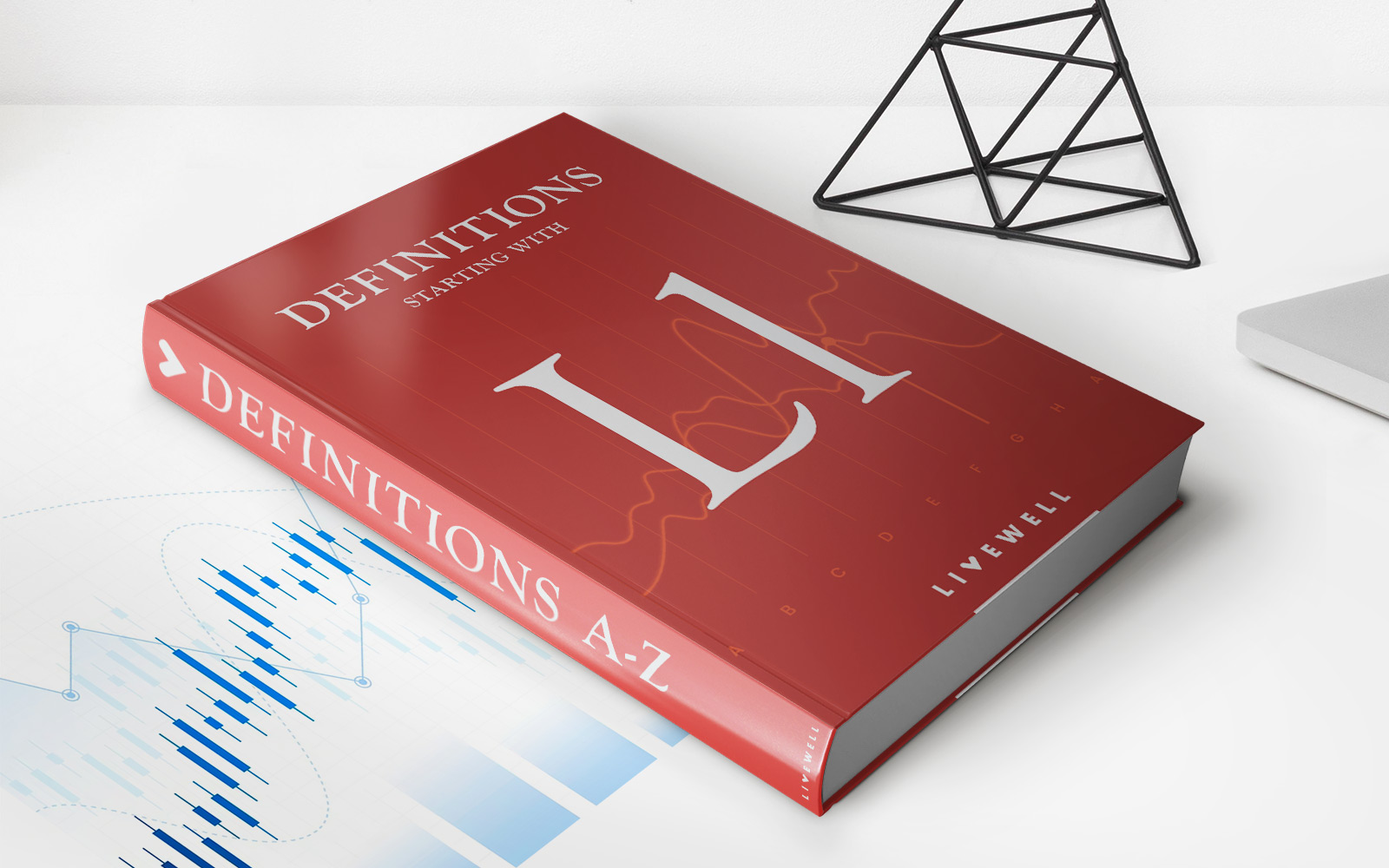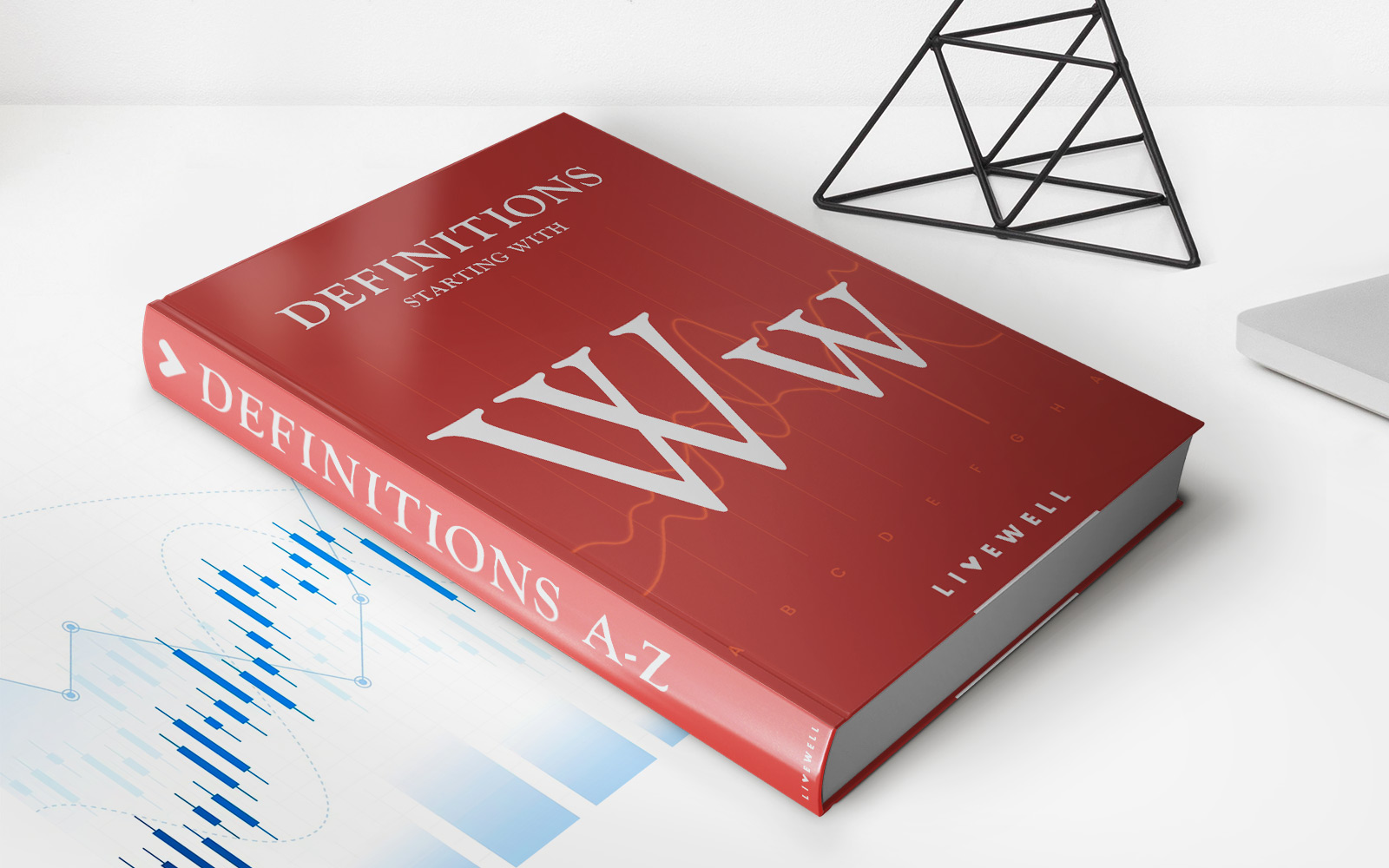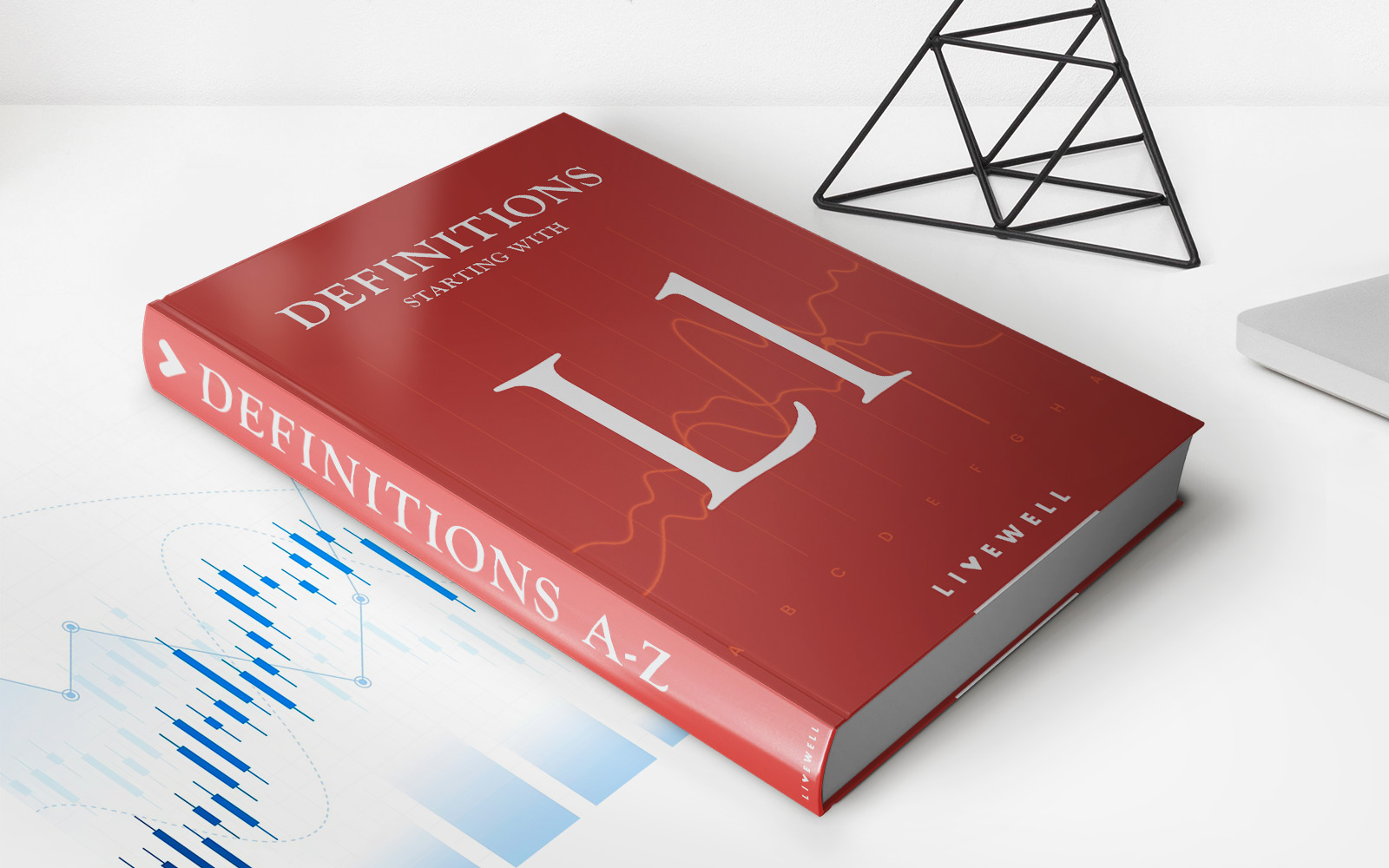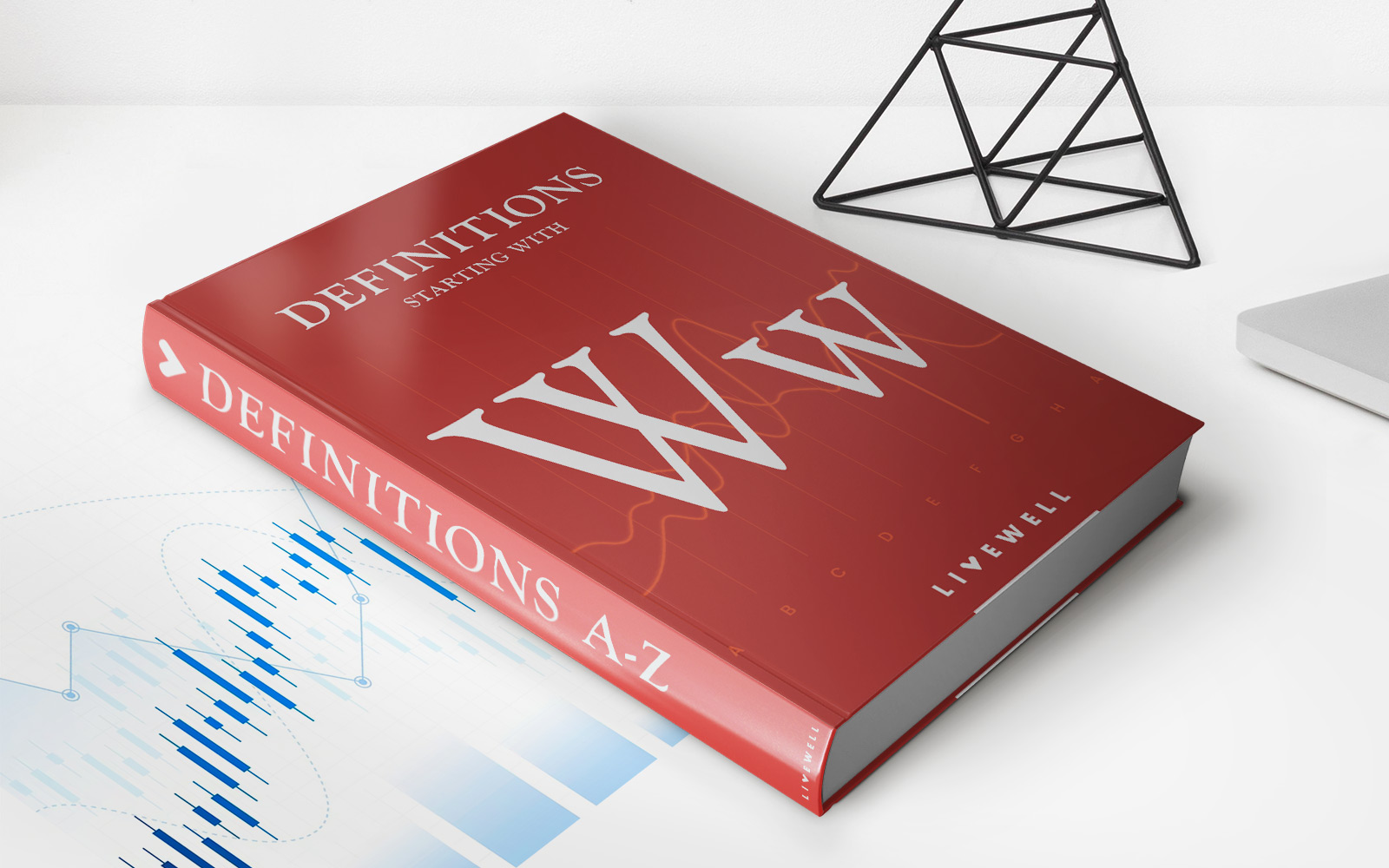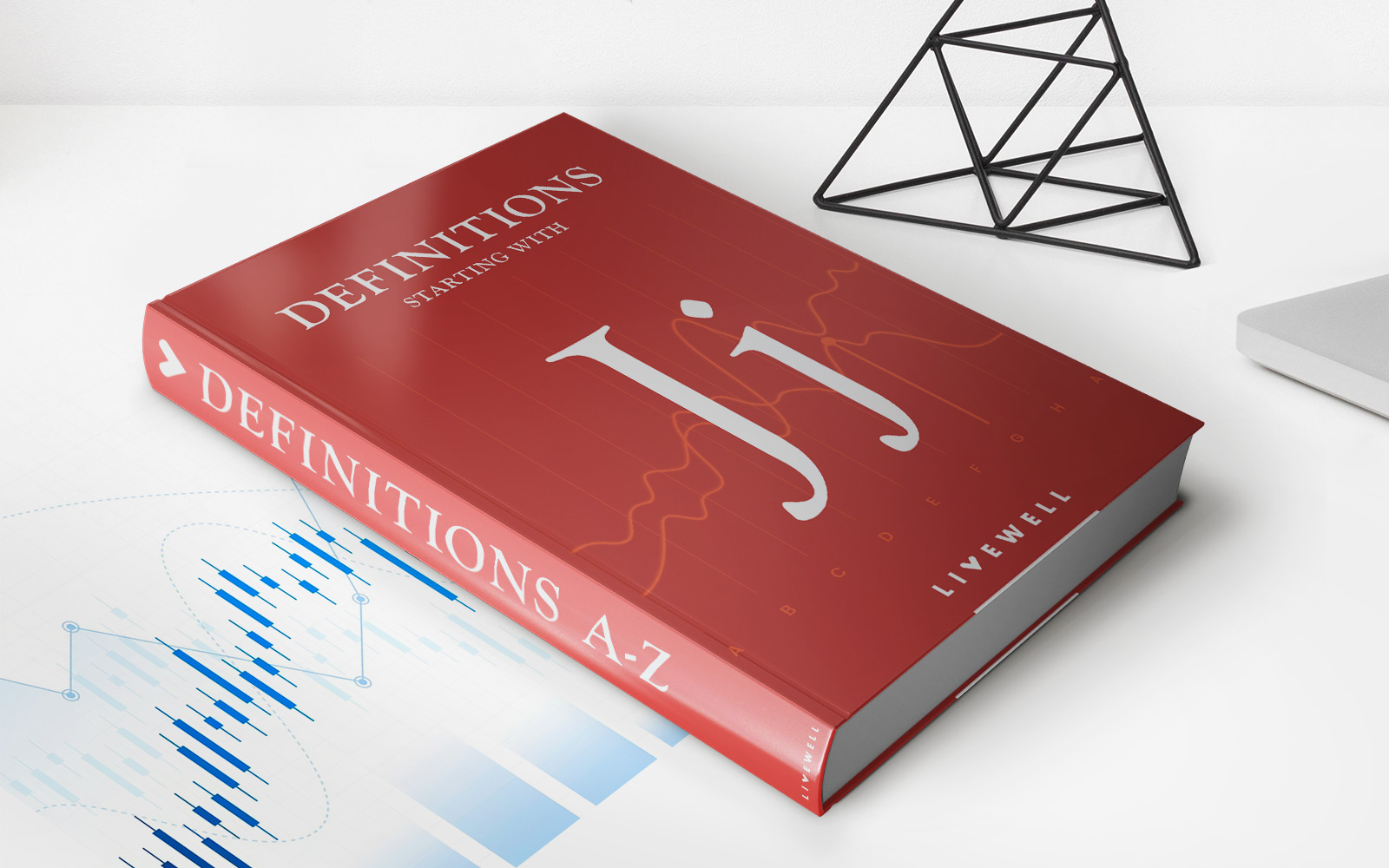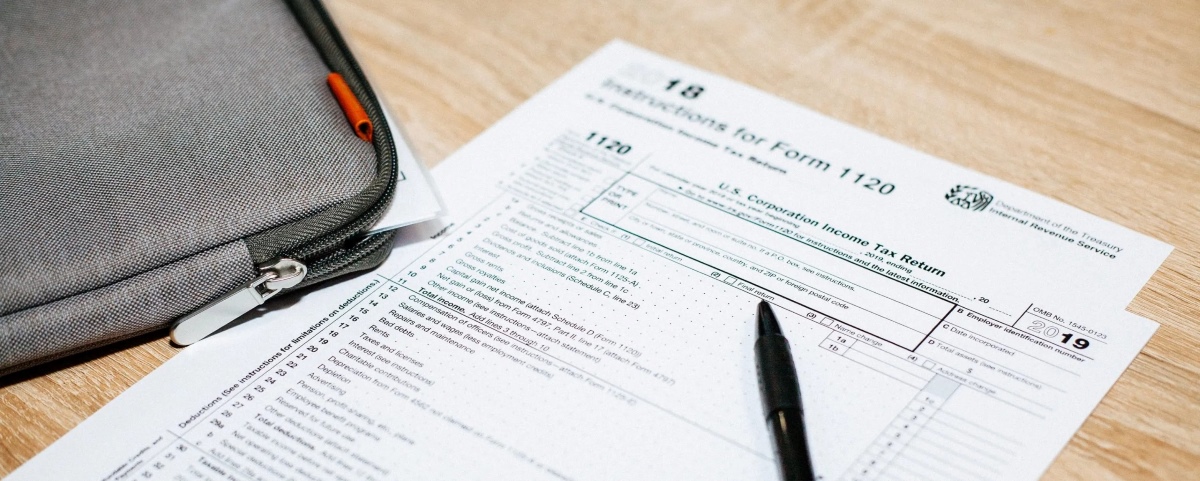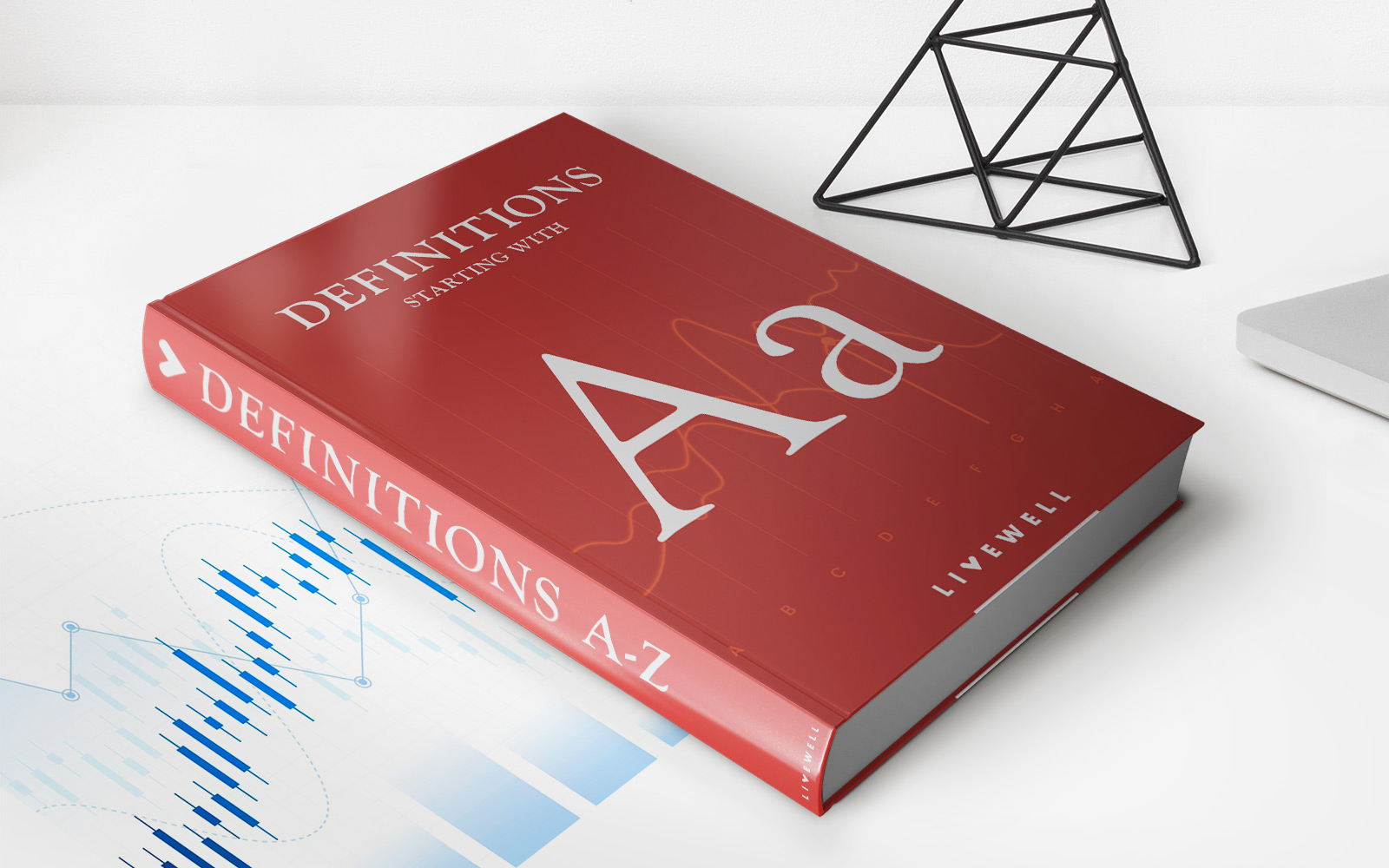

Finance
Warehouser’s Liability Form Definition
Published: February 17, 2024
Learn the definition and importance of a warehouser's liability form in finance. Understand how it protects businesses and mitigates financial risks.
(Many of the links in this article redirect to a specific reviewed product. Your purchase of these products through affiliate links helps to generate commission for LiveWell, at no extra cost. Learn more)
Understanding Warehouser’s Liability Form
When it comes to managing finances, understanding the nuances of different types of liability forms is crucial. In the realm of finance, one such form that individuals and businesses may encounter is the Warehouser’s Liability Form. In this blog post, we will dive deep into the definition and implications of this form, providing you with the knowledge you need to navigate the world of finance confidently.
Key Takeaways:
- Warehouser’s Liability Form is a legal document that outlines the liability of a warehouser, a party responsible for storing and safeguarding goods belonging to others.
- This form specifies the extent of the warehouser’s responsibility for any damage, theft, or loss of the stored goods, addressing issues such as insurance coverage and compensation.
What is Warehouser’s Liability Form and How Does it Work?
Warehousing is an integral part of many businesses, providing a secure space for the storage of goods. However, as a warehouser, it is essential to have clear guidelines and agreements in place to protect both the goods and your liability in the event of any unforeseen circumstances. This is where the Warehouser’s Liability Form comes into play.
The Warehouser’s Liability Form is a legal document that outlines and defines the responsibilities and liabilities of the warehouser. It sets the terms and conditions under which the warehouser holds and protects the stored goods, providing clarity and transparency for all parties involved.
The form typically includes various important elements, such as:
- Liability Limits: The document specifies the limits of the warehouser’s liability for any loss, damage, or theft of the goods stored on their premises.
- Insurance Coverage: It outlines the insurance coverage the warehouser has in place to protect against any potential risks, including fire, theft, natural disasters, and other unforeseen events.
- Compensation: The form details the compensation process in the event of damage or loss, including the procedure for making a claim and the timeframe within which the claim must be filed. It may also mention the valuation methods used to determine the value of the goods and the reimbursement amount.
- Indemnification: This section addresses the indemnification of the warehouser, stating that the owner of the stored goods will hold the warehouser harmless for any liability arising from their negligence, improper packaging, or inadequate instructions provided for storing the items.
By signing the Warehouser’s Liability Form, both parties – the warehouser and the owner of the goods – acknowledge and agree to the terms and conditions set forth in the document. This ensures that expectations are clear and disputes can be resolved more easily in case of any unexpected events.
Conclusion
When it comes to managing finances and safeguarding goods, having a solid understanding of the Warehouser’s Liability Form is essential. By familiarizing yourself with this legal document, you can enter into warehousing agreements confidently, knowing the extent of your liability and the protections in place to mitigate risks.
Remember the key takeaways from this article:
- Warehouser’s Liability Form outlines the liability of a warehouser regarding storing and safeguarding goods belonging to others.
- The form specifies liability limits, insurance coverage, compensation, and indemnification.
With this knowledge, you can navigate the world of warehousing with confidence, making informed decisions and protecting your financial interests.
